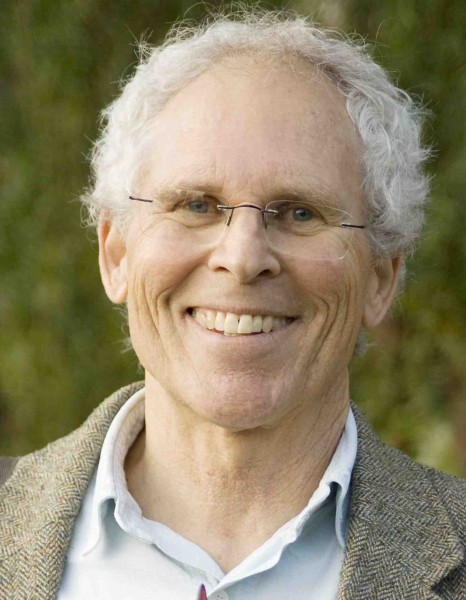Rehabbing Pinnipeds at Laguna’s Pacific Marine Mammal Center

“The staff’s devotion to caring for the seals, sea lions and elephant seals was extraordinary,” exclaimed our nearly 11-year-old granddaughter, Evie Osborne. “The elephant seals were my favorite because they had giant eyes.”
Pacific Marine Mammal Center in Laguna Canyon provided her, my wife Ginger and me with a highly informative walking tour of the premises. We were joined by friends Pam and Doug Carrie, the latter of whom, until recently, was a leader among the 300-plus year-round volunteers at the medical/educational facility. A brick along the exit path bears the Carries’ name as donors to this esteemed organization serving Orange County’s coast from Seal Beach to San Onofre. Recently, PMMC hosted a workshop for conservation organizations in the United States and Mexico. In 2021, the 52-year-old Laguna-based animal rescue and rehabilitation facility was selected and honored as California’s Nonprofit of the Year by Assemblywoman Cottie Petrie-Norris. This year it was ranked number 1 (ahead of Disneyland) in Orange County among places to take children.
PMMC vice president for philanthropy, Debbie Finster, expertly led our tour in the late morning of July 12. Donning booties and face masks for our protection, we started at the lab, where the critter patients are named, numbered, and tagged. Veterinarian Dr. Alissa Deming, vice president of conservation medicine, oversees much of what goes on in the lab, which includes animal surgeries and other treatments. Because many patients arrive malnourished and injured, so-called “fish smoothies,” prepared in blenders, are fed three to five times a day to many of them.
Passing by a laundry room where numerous towels are washed, we were brought to a room housing an elephant seal. The alpha bulls can grow to 14-16 feet in length and weigh up to two and a half tons. Finster said these enormous mammals “can dive down a mile beneath the surface and remain at these depths for about two hours.” They were hunted to near extinction in the late 19th century because of their oil, especially before the petroleum boom.
Stepping outside, our guide pointed out some female sea lions afflicted with “domoic acid brain,” which caused disorientation and inability to function in the open ocean. She explained that runoff from fertilizer into our coastal waters, coupled with a warming sea, led to toxic algae blooms. These blooms generate domoic acid, poisoning the plankton and smaller fish eaten by sea lions. The toxin can cause seizures and sometimes irreversible brain damage and death. The current domoic acid episode is costing the center $175,000 that had not been budgeted, and the sickened mammals have pushed the organization to near capacity on space.
Amid the domoic acid peril, PMMC is moving forward with its big plans for upgrading and expanding its services. The patients being marine mammals, their care necessitates using, on average, some 15,000 gallons of water per day. Much, if not all, of this will be reused when the Center’s anticipated recycling program is up and running. Additional patient units and pools, as well as cutting-edge treatment rooms for surgeries, endoscopies, and other medical procedures, are all part of the ongoing $14,000,000 “Catch the Wave” fundraising campaign to quadruple the number of patients served by the Center. Moreover, the facility, currently serving 35,000 students annually throughout the county, intends to double its square footage to expand its educational and research functions. Readers wishing to be ocean stewards can help our local ailing sea mammals by financially contributing to the nonprofit 501(c)(3) at pacificmmc.org/donate. Our family donated in the name of Evie and our three other young grandchildren.
Rehabbing pinnipeds and witnessing their release into the ocean, as I have done, is just one of the many ways Lagunans have nurtured their connections to the sea along our storied shoreline.
Tom Osborne’s article on three Berkeley women who started Save the Bay appears in the current issue of the University of California Press journal California History. Four years ago this month, his wife Ginger and he started the Laguna chapter of Citizens’ Climate Lobby. [email protected].




